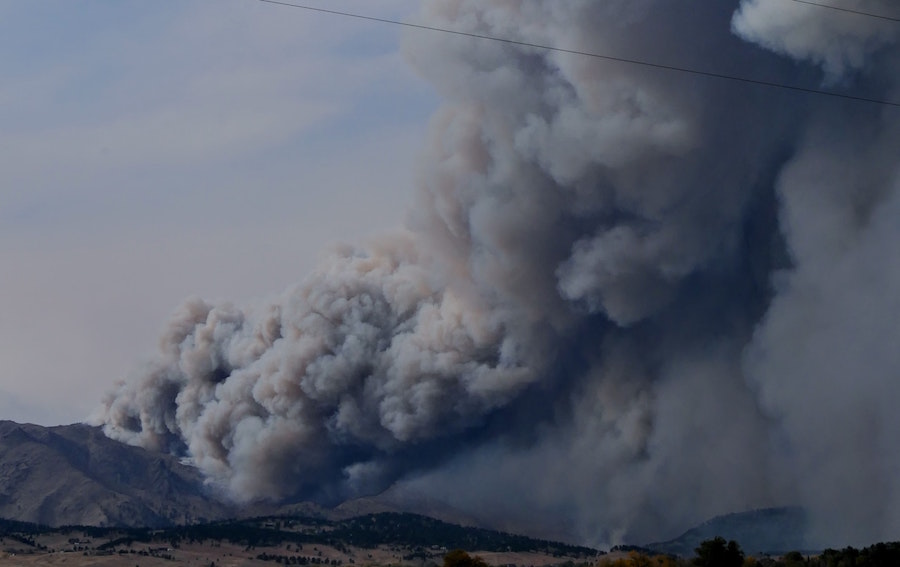We’re in the middle of wildfire season in BC, and unfortunately it has exceeded expectations as entire communities have been devastated throughout the interior of the province. In response, municipalities and the media alike have stepped up to inform homeowners about how to protect themselves against forest fires. Park Insurance has also provided a BC Wildfire Preparedness Plan that we encourage you to read. However, one concern is often overlooked by homes that are not in the direct line of fire, so to speak. The smoke and ash that makes its way down from ravaged mountainsides pose a unique threat that many residents don’t anticipate. We want to draw your attention to this concern, along with some helpful tips to mitigate the risk to your property and family.
What BC Homeowners and Households Need to do to Protect Against Wildfire Smoke and Ash
Remove Ash from Your Home’s Exterior Right Away
While cities and towns in the BC interior such as Penticton, Summerland, and Kelowna (etc) have escaped forest fires thus far this season, infernos on surrounding mountains have created a canopy of smoke and ash in the skies above. Residents have awoken on many mornings to find layers of ash on decks, patios, outdoor furniture and vehicles.
If you’re experiencing this phenomenon, don’t wait for the wind to take care of it – ash should be swept up and/or hosed down each day. This call-to-action is for more than aesthetics. If left unchecked for too long, it can ruin your home’s exterior paint, roofing (gutters, shingles, etc.), and HVAC systems, along with the finishing on decks, patios, and fencing, It can also harm landscaping and garden spaces, destroying crops that help feed members of your household. Ash may also impact the integrity of your vehicle, especially if it gets into the engine or other mechanical parts located under the hood.
Ash finds its way into the darkest of nooks, crannies, and recesses of your property. Attend to it with a broom and/or hose as soon as possible. Also, be sure to wear adequate protection when you clean up as the ash may irritate your eyes, nose, or skin and cause coughing and other health effects.
Inspect HVAC Systems
Even when you diligently remove ash from your home’s exterior, you need to pay close attention to your HVAC systems. Have them inspected to ensure that they are in proper working order. Beyond concerns of disrepair, you will need to replace the filters in air-conditioning and purifying systems more often through forest fire season. At minimum, filters should replaced about every 90 days, although professionals typically recommend every 45 days for maximum efficiency. However, during heavy bouts of ash and smoke this number should be cut in half. This is because smoke and ash will clog the filters in as little as half the recommended replacement cycle. To err on the side of caution, replace filters every month through forest fire season, then again at the end of September once the season is done and dusted.
Be sure to replace filters with the correct size and type. If you don’t have the original user manual, simply remove the existing filter, take it to your home retailer, and buy one that is identical to it. This measure will protect the health of everyone living within and visiting your home, which leads us to the next point.
Get a Household Health Check
Many BC communities throughout the summer check the weather each day to find yet another air quality warning. The same smoke and ash that threaten your property also puts you and your family at risk of a variety of heart and respiratory concerns. Seniors are high-risk, but so are children, as their airways are still developing, and they breathe more air per pound of body weight than you do. Remember that during the summer your children spend more time in your yard, engaged in activity and play. When your municipality has issued an air quality warning it’s best to keep them inside. This may be the only time to encourage them to watch more TV!
Other Articles You May Be Interested In:
BC Wildfire Preparedness Plan 2021
Landscaping for Wildfire Prevention
5-Step Guide to Protecting Your Home from Forest Fires
